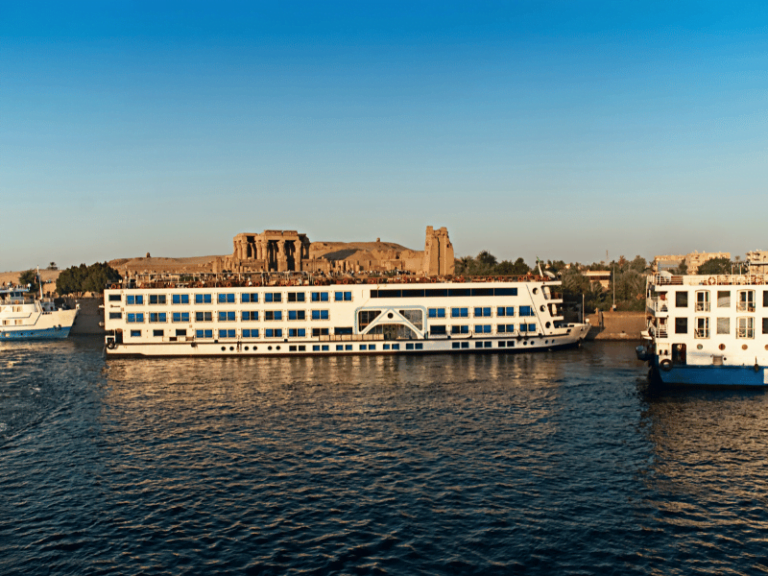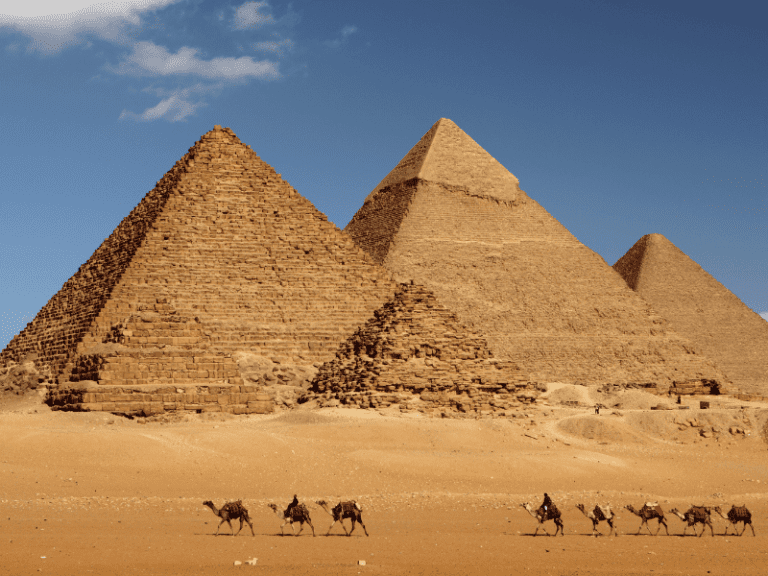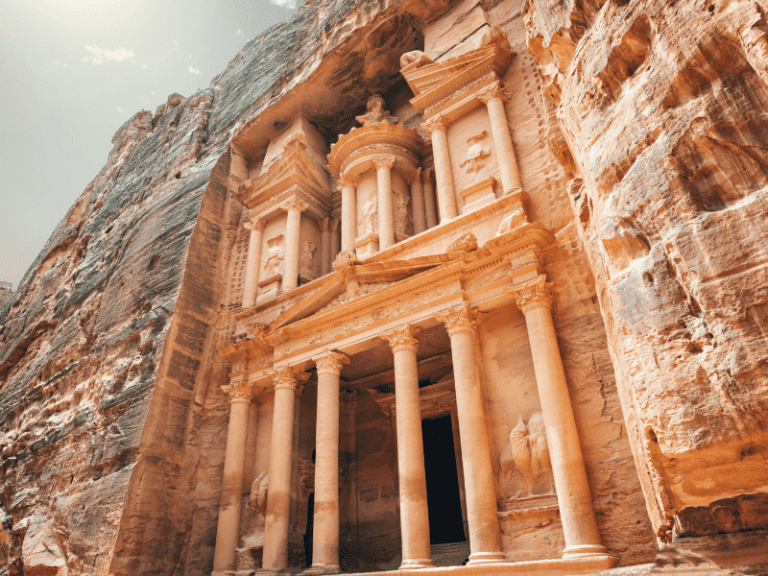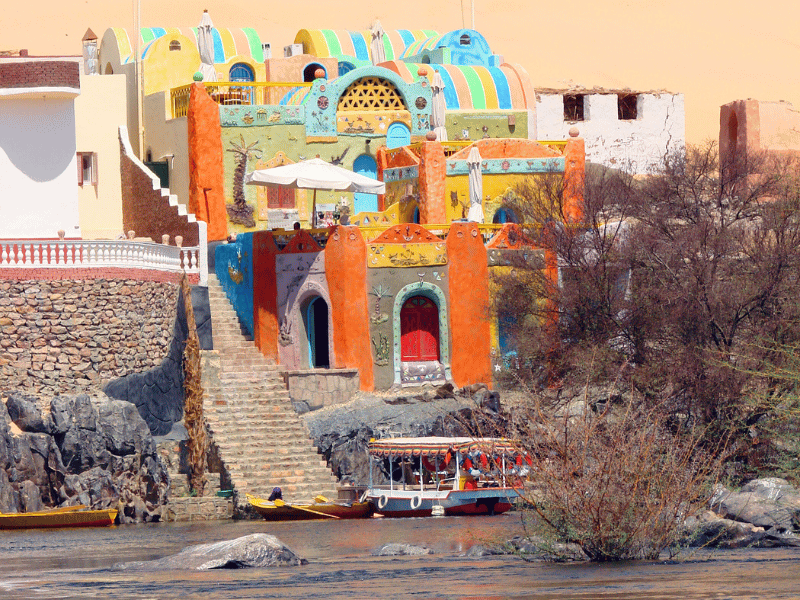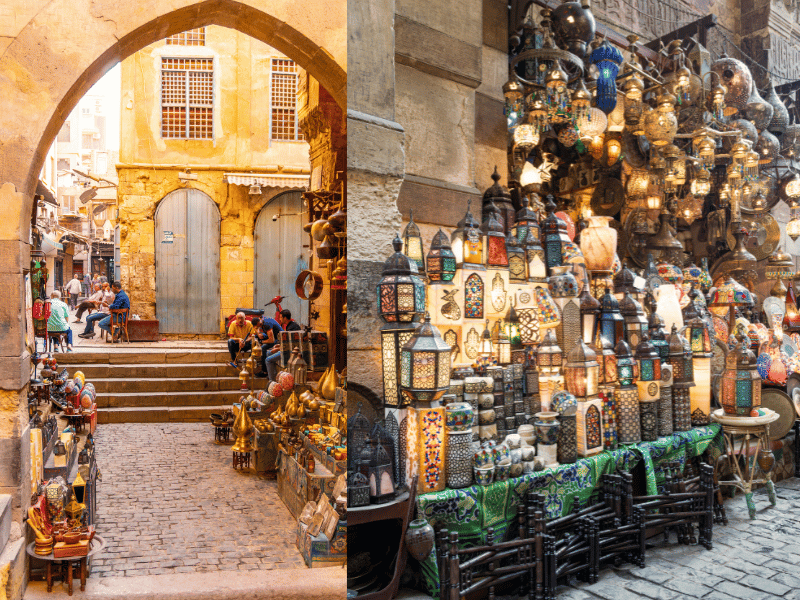An Island Shrine Surrounded by History
One of Egypt’s most beautifully preserved temple sites sits amidst the euphoric landscape of the Nile River at Aswan – Philae Temple. Designated a UNESCO World Heritage Site, this grande sanctum honors the ancient deity Isis and invites visitors to experience its solemn ambience away from the mainland bustle through millennia of transformations.
- Place: Philae Temple
- Country: Egypt
- Governorate: Aswan Governorate, Egypt
- Age: Construction began around 380 BC
- Population: Historical site, uninhabited
- Discovered by: Excavated and recorded by European travelers from late 18th century
- Famous for: Island complex dedicated to goddess Isis
- Nearby locations: Unfinished Obelisk (2km north), Aswan (3km south)
Dedicated to the Mother Goddess Isis
Commissioned by the Ptolemies, Philae Temple’s architectural style reflects the Greco-Roman influence of its time during Egypt’s Ptolemaic Period in the 4th to 1st century BC. Inside the majestic stone colonnades dedicated to Isis, religious rites were conducted to promote fertility and healing. Her image adorned sanctuaries where pilgrims came seeking divine aid, establishing Philae as a premiere pilgrimage destination.
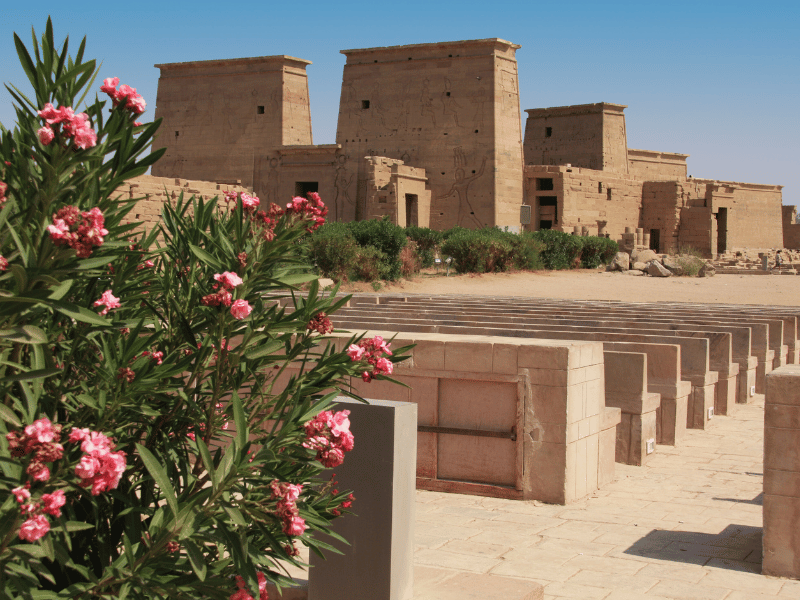

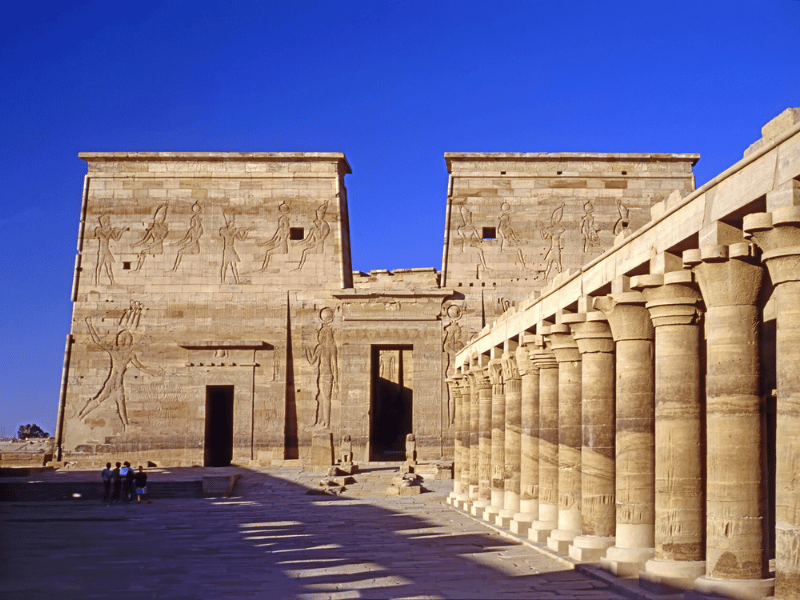
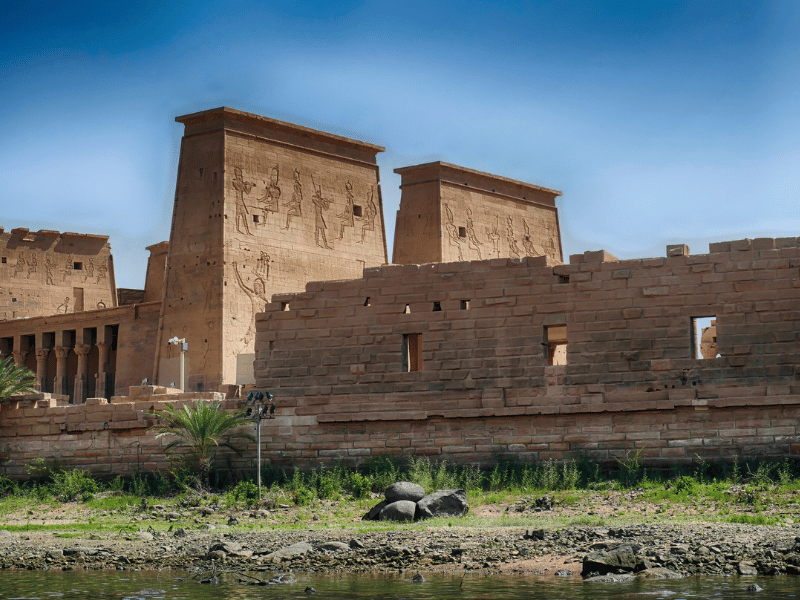
Traversing the Waters of Time
Originally sited on a nearby island, Philae was later submerged during construction of the Aswan Low Dam in 1902 and again for the Aswan High Dam in 1970. In one of modern history’s most ambitious heritage projects, its beautiful shrines were painstakingly dismantled piece-by-piece and reassembled on nearby Agilkia Island to preserve them for future generations.
Architectural Marvels Elevating the Soul
Wandering Philae’s landmark structures like the First Pylon, Great Temple and birthhouse of Isis leaves visitors in quiet awe. Lofty columns adorned with mythical hieroglyphs stand guard over sacred spaces saturated in millennia of spiritual energy. Glimpsing lotus-capped capitals and towering avenues of ram-headed sphinxes restores a visceral connection to ancient mysteries through appreciation of exquisitely-crafted architectural details.
Continuing reverence at a treasured site
More than a monument, Philae Temple continues resonating as a profoundly unifying place of worship. Believers still arrive daily to light candles for Isis and pay respect at her sanctuaries. Tourists immerse inhistory’s lessons and nature’s beauty reflected across the Nile’s waters. Through all its transformations, Philae has endured as a symbol of humanity’s perseverance, artistic ingenuity and shared ancestry – a national gem for Egyptians and global citizens alike. Its hallowed stones evoke gratitude for diverse cultural heritage that ultimately brings all people together.






